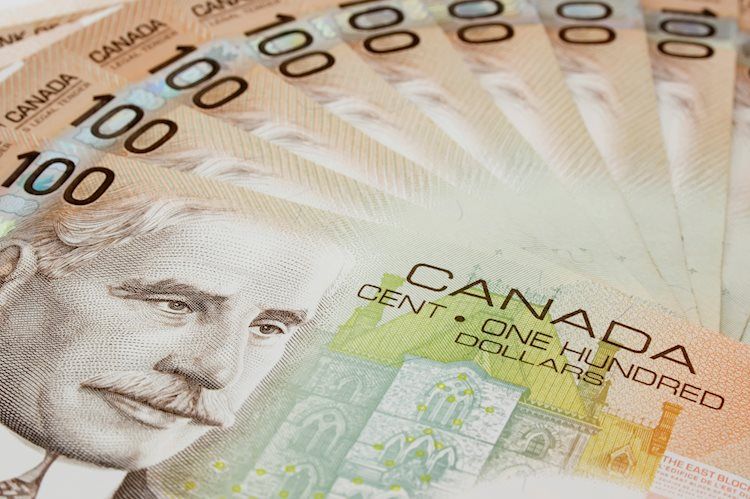The Canadian Dollar is experiencing a decline for the second consecutive day due to market aversion to risk. The Bank of Canada (BoC) predicts a period of negative growth in the near future. Despite a weakening economy, the BoC is limited in its policy decisions by the increasing risks of inflation. On Wednesday, the USD/CAD reached a seven-month high. The BoC decided to maintain its main reference rate at 5.0% on Wednesday, as expected. However, comments from BoC Governor Tiff Macklem expressing concerns about achieving a soft landing for the economy failed to inspire confidence in the Canadian Dollar. The current market trend is risk aversion, leading to a stronger US Dollar. Crude oil prices are stabilizing on Wednesday, which is helping to limit losses for the CAD. The USD/CAD is likely to be influenced by US economic data for the remainder of the week. Technical analysis shows that the USD/CAD is approaching 1.3810, with support from the rising 50-day Simple Moving Average (SMA) at 1.3600. The immediate resistance level is at 1.3861. The CAD has weakened against major currencies today, with the largest decline against the US Dollar. Interest rates play a significant role in currency movements, with higher interest rates generally strengthening a country’s currency. The US Dollar is often affected by changes in interest rates, which in turn impacts the price of Gold. The Fed funds rate is the overnight rate at which US banks lend to each other and is set by the Federal Reserve. Expectations for future interest rates are followed closely by the market.
